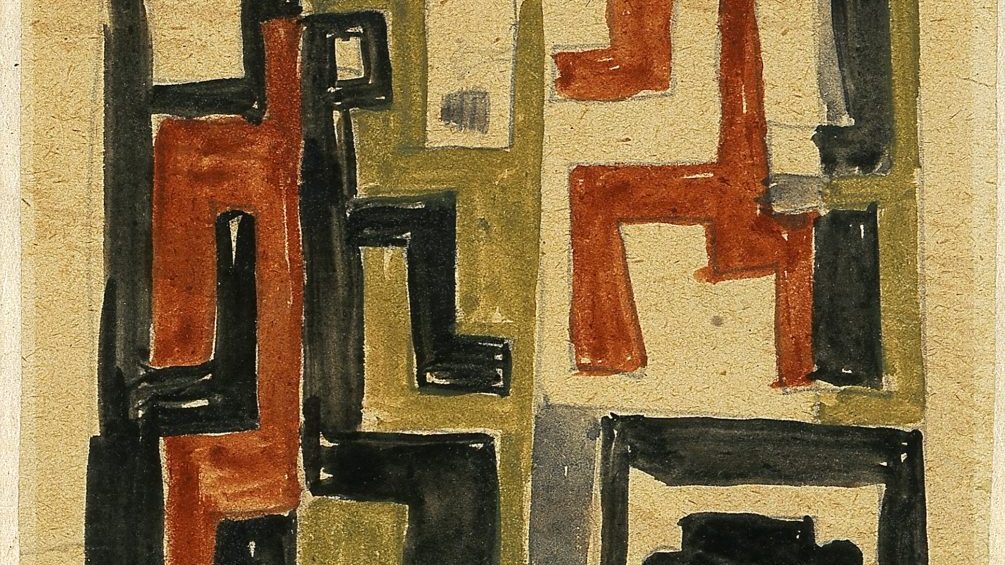
The legacy of the School of the South
CHAPTER 4: Concrete Art
Chapters
During World War II, the fluid cultural exchanges between Europe and Latin America came to a halt, which made artists turn their attention towards their more immediate context. In the Rio de la Plata region (Argentina and Uruguay), a large group of abstract artists drew inspiration from the work of Joaquín Torres-García and European Concrete art of the 1930s. Relatively isolated from Europe, artists adopted an experimental attitude to producing art made with concrete visual elements such as shapes, lines, and colors. Eventually, these artists coalesced into two main groups: the Asociación de Arte Concreto-Invención [Association of Concrete Art and Invention] and Madí. In general terms, the members of the Asociación followed a more rigorous, systematic method to testing the use of shaped canvases and geometric compositions. On the other hand, Madí artists favored a more interdisciplinary, experimental approach to Concrete art, adopting a rebellious attitude toward forms and materials that sometimes brought them closer to Dada art.
Image credit:
Joaquín Torres-García
Untitled, 1929-1930 (detail)
Watercolor over pencil on paper mounted on cardboard
The Blanton Museum of Art, The University of Texas at Austin
Gift of John and Barbara Duncan, 1971

